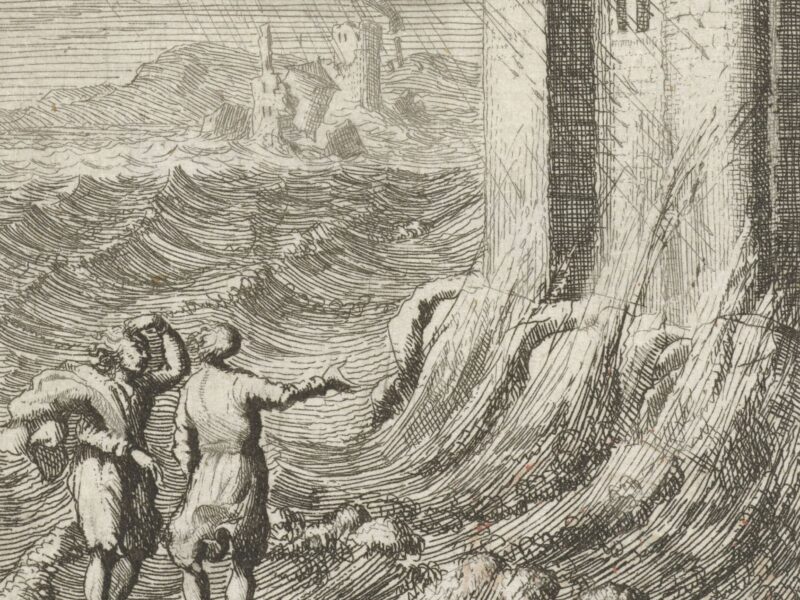
Christian Funerals
4.13k
The Christian approach to death can often appear contradictory. Death is seen as the enemy, albeit one conquered by Christ; we mourn and lament over the dead, and yet we also celebrate that the end of our earthly pilgrimage marks a fulfilment of the life begun at Baptism as we are prepared for the vision of God. Thus the Christian Funeral is vital in marking the passage of the deceased; the blessings and prayers for the dead express the sense that those who have gone before us are still very much members of our Christian community. We love them and so pray for them and ask that they do the same for us. So the Christian funeral is for the whole community of believers, for the dead and those who mourn.
In accompanying the earthly pilgrim to their resting place, the Church follows the Order of Christian Funerals (Ordo exsequiarum). There are three principal parts to this order; firstly, the Vigil for the Deceased; secondly, the Funeral Mass; lastly, the Rite of Committal. The body of the deceased will normally be brought to the Church the evening before the Funeral Mass and the Vigil held accordingly. This includes prayers for the reception of the dead, a liturgy of the Word, prayers of intercession and concluding rites. The use of sacramentals such as Holy Water are evident throughout this and the following parts of the Ordo exsequiarum. The funeral Mass itself is at the heart of these liturgical celebrations, and it is in the Eucharist that the Church fully expresses that communion with the deceased; the Church, in offering to the Father and the Holy Spirit the sacrifice of the death and resurrection of Christ, asks that the dead be purified of their sins and gain admittance to the Kingdom.

The Rite of Committal takes place at the graveside and includes readings from scripture and further prayers for the deceased before the committal itself takes place. Burial, rather than cremation is encouraged by the Church, and throughout these rites we see importance of the body in Christian faith. Death marks the temporary separation of body and soul until the Resurrection and as such, respect for our bodies in death as well as life, is paramount. A corpse is not a mere empty husk to be discarded and forgotten. A burial site is an important place where the dead can be remembered, it forms a sacred focal point for those who mourn, and ultimately, it reminds us that one day we will rise together and, body and soul, be glorified in the presence of God. As we say in the Creed; I confess one baptism for the forgiveness of sins and I look forward to the resurrection of the dead and the life of the world to come. Amen.


